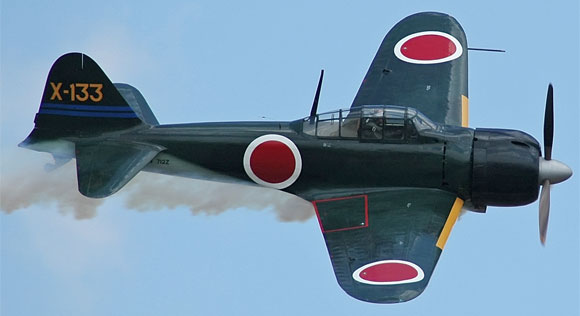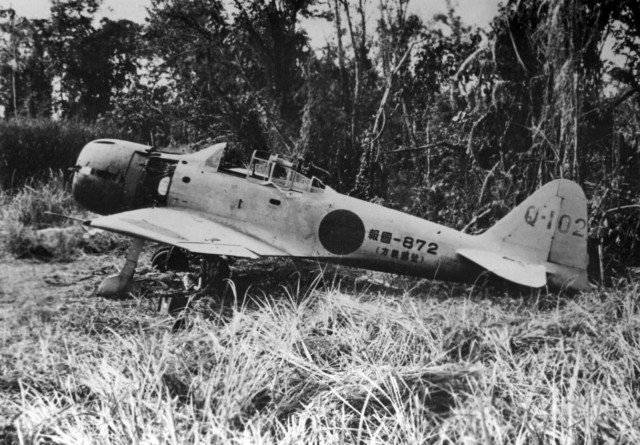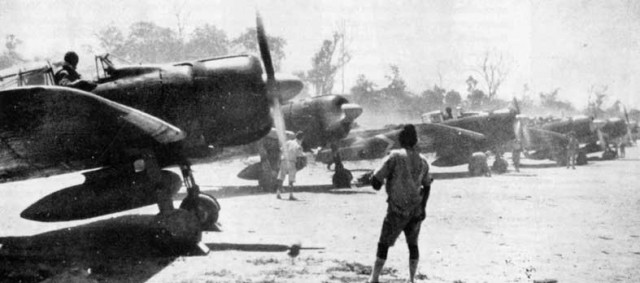
During World War Two, Japan’s Mitsubishi A6M Zero fighter plane was sought after by Allied forces. In 1942, the Allies got their hands on one when a Model 21 version of the aircraft crash landed intact in the Aleutian Islands in the northern Pacific, which are jointly owned by the US and Russia.
The Japanese Zero’s later Model 32 was different to other models since it had a Sakae 21 – a two-speed supercharger and a longer engine which meant that its fuel capacity was greatly reduced. When the Allies reviewed the new Model they believed that the aircraft’s increased speed was not worth losing the range it could fly do with reduced fuel.

The US codenamed the Model 32, the ‘Hap’, after US Air Force commander General Hap Arnold. However General Arnold wasn’t happy being named after it so the codename was changed to ‘Hamp’, but it became more well-known as Zeke 32, because of its relation to the original Zero.
The aircraft’s designer Jiro Horikoshi detailed in his book Eagles of Mitsubishi that the Japanese Imperial Navy needed improved speed and agility in order to beat the designs of European aircraft, such as the Spitfire and the Hurricane. Jiro comments that he felt very disheartened when he read the requirements from the Japanese Navy since it was almost an impossible task.
Jiro’s final design was a greatly refined aircraft compared to its European counterparts. Jiro wrote that weight control of the aircraft was crucial. He amended some components of the aircraft so that they were lighter, without affecting the whole structure.

The A6M was also made of an aluminium alloy with a high zinc content, this was significantly lighter than the alloy used by the Allies.
The A6M’s wingspan was limited since Jiro decided to make them short with folding tips. The aircraft’s weaponry consisted of two 20mm cannons and two machine guns. They required skilled pilots to fly the plane so that they could consistently target their enemies, the Aviation Week reports.
The A6M turned up in places the Allies never expected due to the extensive range it was able to fly. It became one of the most feared aircraft in the Pacific War.
Allied pilots learned to not engage an A6M when flying at low speeds when it was lethal. Then as more powerful engines were developed in the US and Europe, the Allies began to fly aircraft which could combine agility with speedy firing ability. They also featured more safety measures such as sealed fuel tanks and better weaponry.